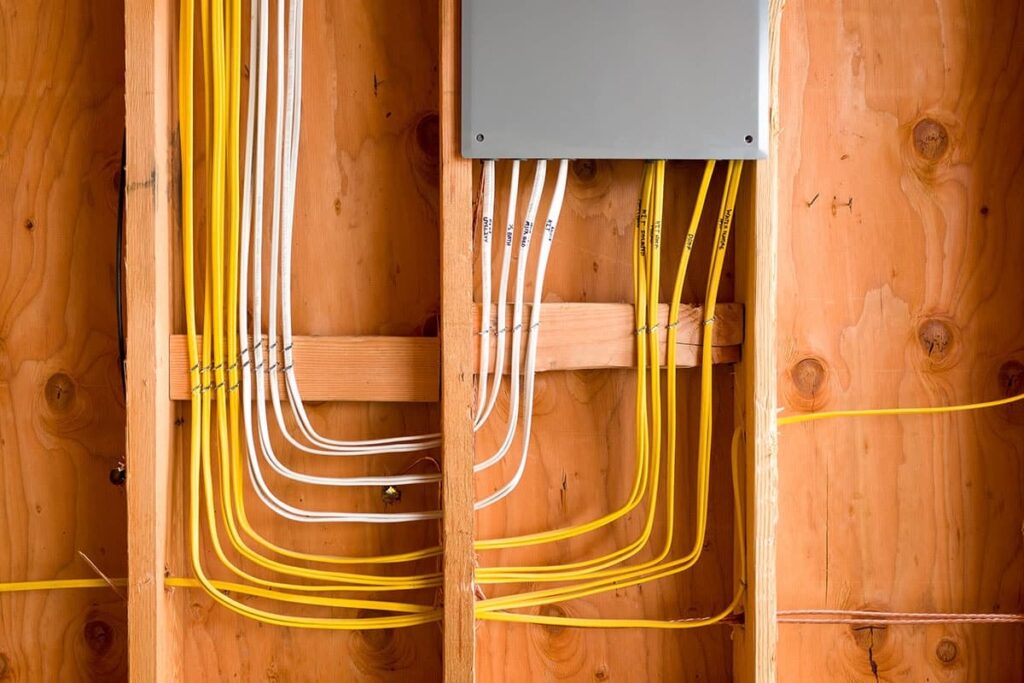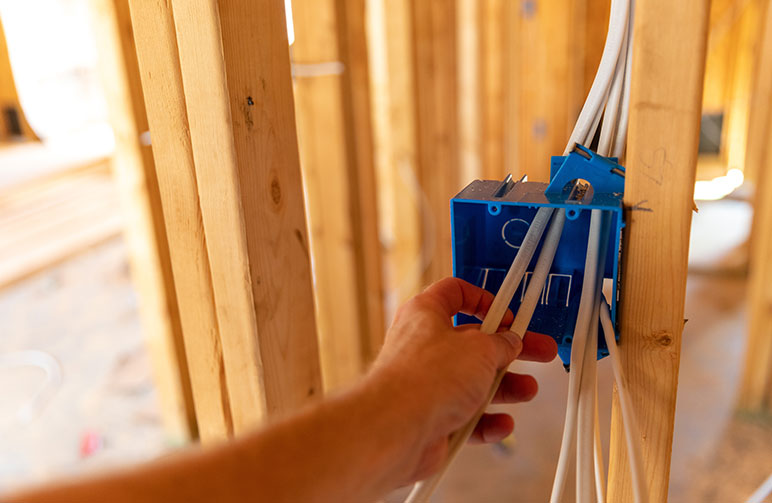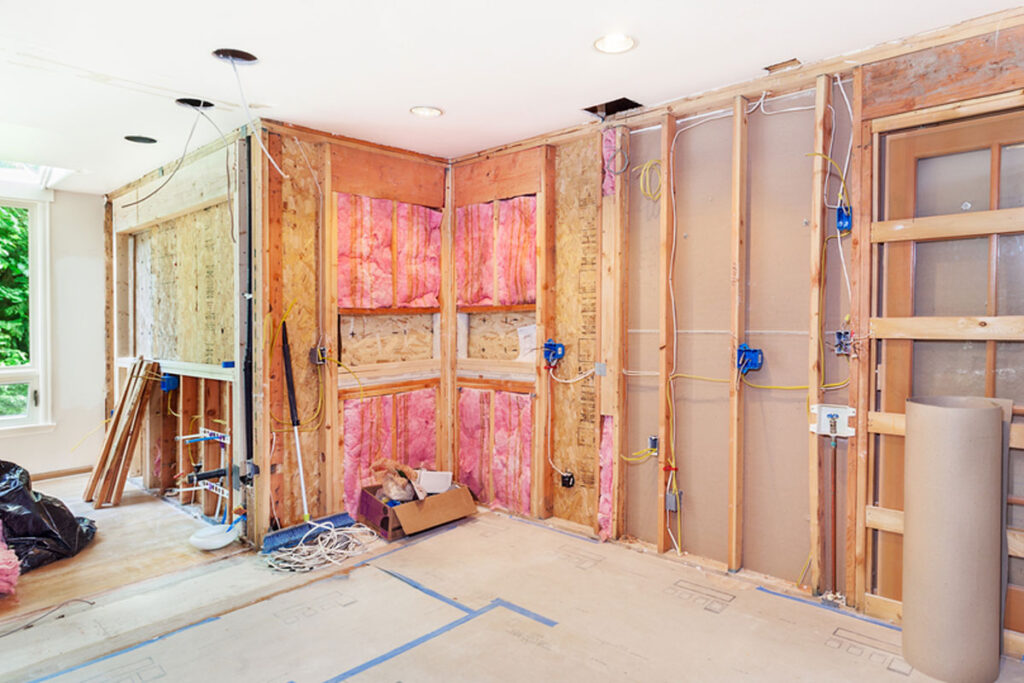Owning an older home is a dream for many—beautiful craftsmanship, character, and stories in every corner. But while that vintage charm is priceless, the electrical wiring behind the walls might be dangerously outdated. If your lights flicker or your breakers trip often, it might be time to take a closer look.
This guide walks you through everything you need to know about electrical repair in older homes—from spotting problems to planning a full rewiring project.

Why Older Homes Often Need Electrical Repairs
Most homes built before the 1970s were wired with systems that can’t keep up with today’s power demands. Outdated setups like knob-and-tube wiring, fuse panels, or cloth-covered wires weren’t made for air fryers, flat-screen TVs, or smart home systems.
According to the National Fire Protection Association, electrical problems are one of the top causes of house fires in the U.S. That’s why updating old wiring isn’t just about convenience—it’s a safety issue.
Common Electrical Issues in Older Houses
Here are a few red flags to watch for:
- Knob-and-tube wiring (found in homes built before 1940)
- Two-prong outlets (ungrounded and unsafe for modern devices)
- Frequent blown fuses or tripped breakers
- Fuse boxes instead of modern circuit breaker panels
- Flickering or dimming lights
- Hot or sparking outlets
- Burnt smells near switches or outlets
If you’re seeing any of these signs, it’s time to talk to an electrician.
Repair Options and What They Cost
Electrical work can range from simple fixes to full system upgrades. Here’s a breakdown of common projects:
| Repair Task | What It Involves | Cost Estimate | Can You DIY? |
|---|---|---|---|
| GFCI Outlet Installation | Safer outlets in kitchens and bathrooms | $100–$200 each | Yes, if you’re experienced |
| Electrical Panel Upgrade | Replace fuse box with a breaker panel | $1,500–$3,000+ | No |
| Whole-Home Rewiring | Remove and replace all old wiring | $8,000–$20,000+ | No |
| New Circuit Installation | Add outlets or support for appliances | $500–$1,500/circuit | No |
| Surge Protector for Entire House | Protects electronics from power surges | $300–$700 | Yes (basic install) |
(Estimates based on national averages)

Pros and Cons of Rewiring an Older Home
| Pros | Cons |
|---|---|
| Increased safety and peace of mind | High upfront cost |
| More power for modern devices and appliances | Can require wall repairs afterward |
| Higher home value and better resale appeal | Permits and inspections are required |
| Eligibility for insurance and financing | May uncover other issues (e.g., asbestos) |
Tips for a Smooth Rewiring Project
- Hire an experienced, licensed electrician—especially one who specializes in older homes.
- Ask for a detailed quote and timeline before work begins.
- Get permits and inspections—they protect you legally and when reselling.
- Think ahead by adding extra circuits or pre-wiring for smart home devices.
- Check with your insurance provider—some policies won’t cover homes with knob-and-tube wiring.
Frequently Asked Questions
Does every old house need to be rewired?
Not always. Some older homes have had partial upgrades. But if you have knob-and-tube or cloth wiring, a full rewiring is often the safest bet.
How long does rewiring take?
Typically 5 to 10 days, depending on the home’s size and how accessible the wiring is.
Can I rewire the house myself?
Only small tasks like replacing outlets or switches. Anything more complex should be left to licensed professionals.
Is rewiring really worth it?
Yes. A modern electrical system improves safety, boosts resale value, and brings your home up to code. It may even lower your insurance premiums.
Can I keep knob-and-tube wiring?
Technically yes—if it’s still in good condition and local codes allow. But most insurers won’t cover homes with it, and future buyers may be hesitant.

Final Thoughts
Rewiring an old house might sound overwhelming, but it’s one of the most important upgrades you can make for safety and functionality. With proper planning, expert help, and a clear understanding of your home’s needs, you can preserve the charm of your vintage home—without compromising on safety or convenience.
Want to learn more?
Check out resources from This Old House and the NFPA for expert advice and safety tips.
